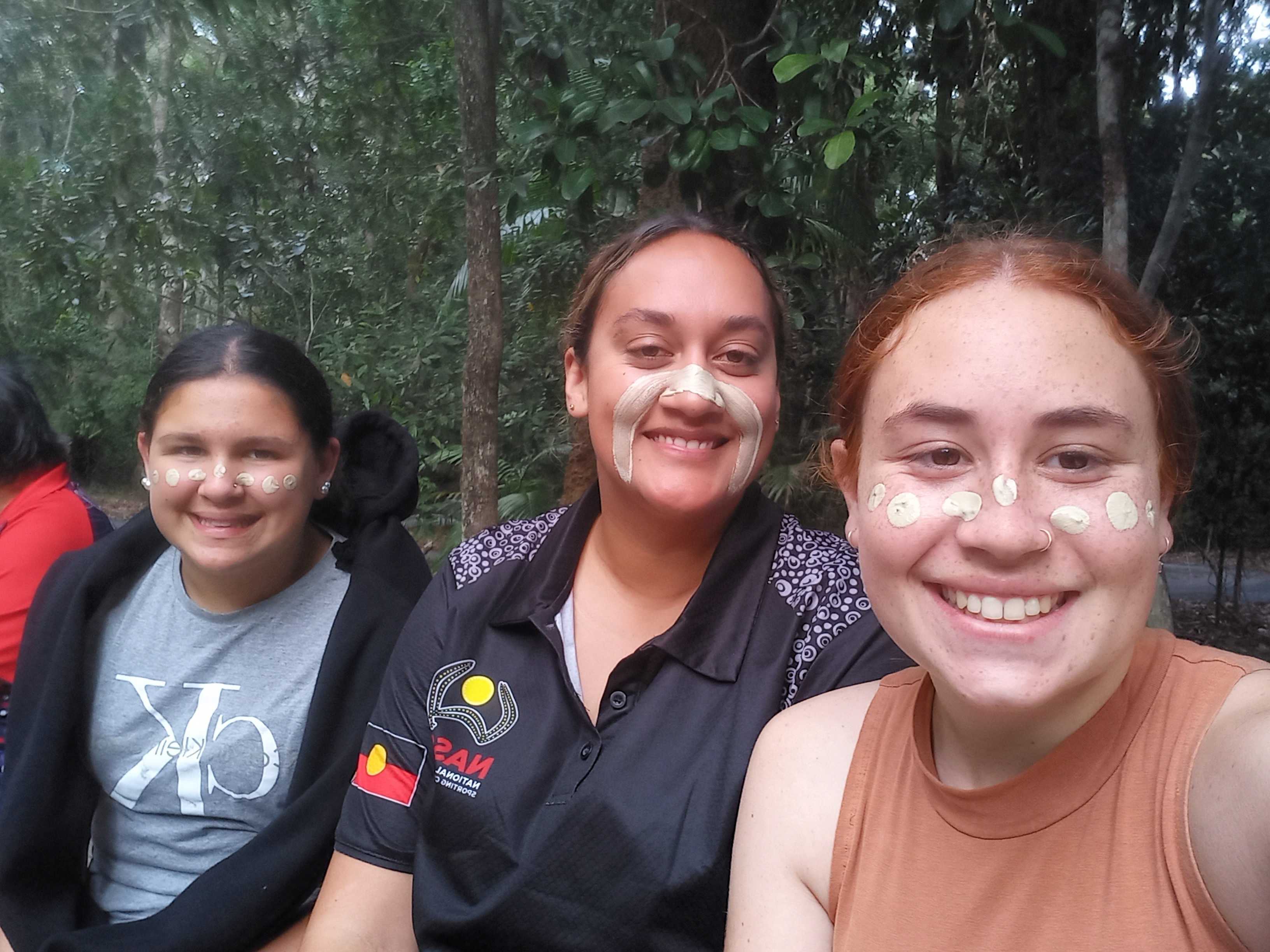Strong pathways in place for graduates
-
12 November 2021
-
< 1 min read

There is more than one pathway for students to finish their schooling, and the new Indigenous-led NASCA programs in Kempsey have been proving just that.
The National Aboriginal Sporting Chance Academy (NASCA) has been running programs at Melville and Kempsey high schools to help students connect to culture, support their academic achievement, and succeed in school.
Rosie Fatnowna works as a program lead supporting young Aboriginal and Torres Strait Island women at Melville High School. “I hope that I can get the opportunity to find the best ways to get into university to help me on my path to success.”
“It’s been a tough year for our girls. We did everything we could to support them during lockdown, but there is nothing like building that face-to-face relationship,” Rosie said. “That’s what really makes a difference. It’s so good to be back inside the school gates with them.”
Starting with NASCA earlier this year, Rosie believes it’s all about supporting the students individually so they can make strong choices. This holistic support proved beneficial with semester 1 attendance for Aboriginal secondary students enrolled in NASCA at Kempsey High School and Melville High School at 85 percent; significantly higher than the state average of 76.6 percent.
Student at Melville High School, Jorja Egar-Hoskins, was excited to be graduating. “I’m proud to be one of 63 NASCA students graduating high school this year. Next year I’m planning on going to university to study policing so that I can help out our community who need it most,” Jorja said.
Proud Yuin woman and NASCA National Program Director, Skye Parsons, said every student they are able to support is another step towards real equity in education for Aboriginal and Torres Strait Islander people. “We know that creating safe spaces at school, helping our students to connect to culture, and supporting them academically is what is needed for our students.”
This story was originally published in The Macleay Argus.
